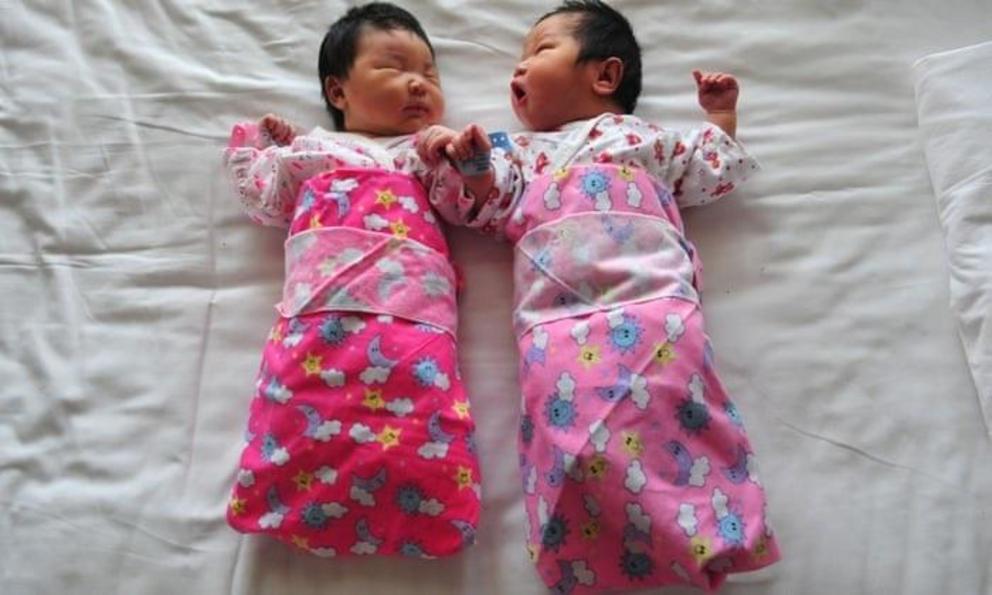China's birthrate falls to lowest level despite push for more babies
Many families in China have chosen not to have more than one child, citing costs of education and housing.
Efforts by policymakers to bolster the population after decades of strict family planning seem to be failing.
China’s birthrate has fallen to the lowest level since the Communist country was founded in 1949, in a sign that efforts to head off a demographic crisis have so far failed.
There were 14.6 million births in China in 2019, a drop of about 500,000 from the year before and the third year in a row that the number of births fallen, according to a report from the National Bureau of Statistics published on Friday. It was the lowest number in seven decades, with the exception of 1961, the last year of a famine that left tens of millions dead.
The birthrate for last year, at 10.48 live births per 1,000 people, was the lowest since 1949. By comparison, the rate in England and Wales was 11.1 last year, the lowest since records started in 1938. Singapore’s birthrate, one of the lowest in the world, is 8.9 per 1,000 people. Niger, with one of the highest birthrates in the world, saw 46.5 births per 1,000 people in 2017, according to the World Bank.
“One can no longer point now to the Chinese government’s restrictive birth control policy as the culprit,” said Wang Feng, a sociology professor at the University of California, Irvine. “Such a low birthrate shows abundantly clear that it is driven by the strong structural forces, both economic and social, and it will remain so for the foreseeable future.”
Ning Jizhe, director of the bureau, said that although the birthrate had fallen further in 2019, the decline was less than the previous year when the rate fell to 10.94 per thousand, from 12.43 in 2017. Ning said that 14.6m births last year was “still a relatively large number”, according to state media.
As China faces an increasingly elderly population, the fastest-growing segment of the country, policymakers have made efforts to bolster the population after decades of strict family planning, better known as the “one child policy” that restricted many families to one offspring since the early 1980s.
In 2015 China reversed the policy to allow all couples to have two children and policymakers have since hinted that restrictions could be dropped altogether.
But many families have still chosen not to have more children, citing the high costs of school, housing and medical care. Others said the energy required to ensure their children can compete in modern Chinese society was too exhausting. Divorce rates have increased and more women were marrying later or not at all.
Experts said it was difficult to change habits in a society built around single-child families and that birthrates were likely to continue to fall.
The one-child policy was introduced by top leader Deng Xiaoping to curb population growth and promote economic development, with exceptions for rural families whose first-born was a female, and for ethnic minorities.
The measure was mainly enforced through fines but was also notorious for forced abortions and sterilisations. The result was dramatic: fertility rates dropped from 5.9 births per woman in 1970 to about 1.6 in the late 1990s. The replacement level for a population is 2.1.
Demographers said China’s population would begin to shrink in the next decade and by 2050 people over the age of 60 would account for a third of the population. That would strain public services as well as their children, many of them only children, who would bear the brunt of caring for their elderly parents.
Advertisement
Experts say such a low birthrate does not bode well for the future.
“China has long joined the large number of countries in the world with very low fertility,” said Wang. “It needs now to learn the lessons and experiences from other countries to formulate long-term measures and reforms to make the society more family friendly.”
For the rest of this article please go to source link below.

